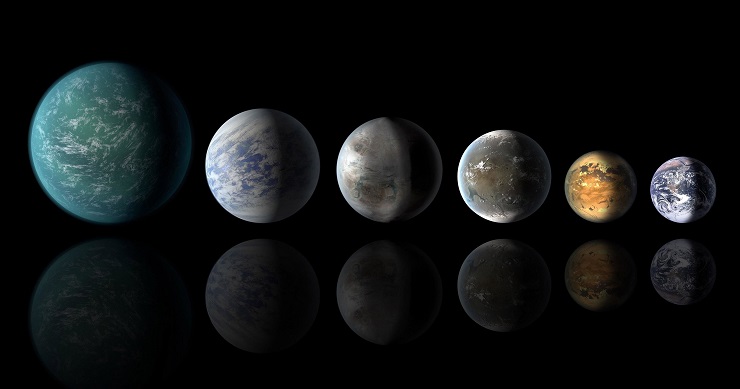The moon is approximately 40 million years older than previously believed, according to a new study. Researchers analyzed lunar rock samples brought back by Apollo 17 astronauts and determined the moon to be 4.46 billion years old. This means the moon formed about 108 million years after the solar system, rather than the previously estimated 60 million years. The research team used zircon crystals, believed to be the first solids to have crystallized after the moon’s formation, as a chronological anchor. The team measured the amount of uranium and lead atoms in the sample, using knowledge of atomic decay rates to calculate the moon’s age. This discovery provides a more precise understanding of the moon’s history and evolution, and its relationship with Earth.
Key Takeaways:
- New research suggests that the moon is approximately 4.46 billion years old, which is 40 million years older than previous estimations.
- The moon’s age was determined by studying zircon, a mineral present in moon samples brought to Earth by the Apollo 17 mission, which are believed to have formed when the moon’s surface solidified after its creation.
- Knowing the precise age of the moon can help scientists better understand its history and evolution, as well as Earth’s history.
“Fresh analysis of the bits of our moon, brought home by Apollo 17 astronauts, has suggested our moon is 4.46 billion years old — 40 million years older than we previously thought. That puts the moon’s birth at 108 million years after the solar system formed; previous estimates had placed it within 60 million years.”
More details: here


Leave a Reply